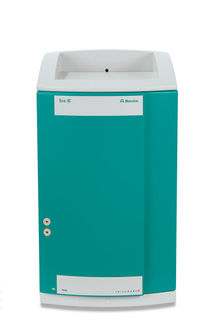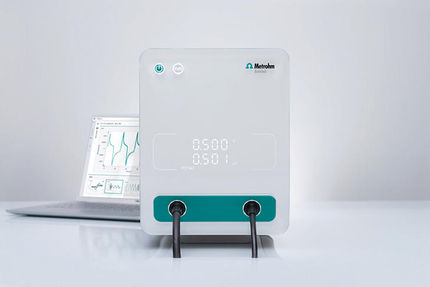To use all functions of this page, please activate cookies in your browser.
my.chemeurope.com
With an accout for my.chemeurope.com you can always see everything at a glance – and you can configure your own website and individual newsletter.
- My watch list
- My saved searches
- My saved topics
- My newsletter
Dihydroactinidiolide
Dihydroactinidiolide is a volatile terpene. It has a sweet, tea-like odor and is used as a fragrance. Dihydroactinidiolide occurs naturally in black tea, fenugreek, fire ants, mangos, silver vine, and tobacco. It has also been prepared synthetically.[1] Product highlightDihydroactinidiolide is a pheromone for a variety of insects;[2] for example, it is one of the three components of the pheromone for queen recognition of the workers of the red fire ant.[3] As with nepetalactone, found in catnip, dihydroactinidiolide is a cat attractant. Cultivators of silver vine (which contains another such chemical, actinidine, which is also a cat attractant) sometimes find their plants destroyed by enthusiastic cats. References
Categories: Terpenes and terpenoids | Oxygen heterocycles | Pheromones |
||||||||||||||||||||||
| This article is licensed under the GNU Free Documentation License. It uses material from the Wikipedia article "Dihydroactinidiolide". A list of authors is available in Wikipedia. | ||||||||||||||||||||||
- Micro-Z ULS | WDXRF spectrometers | Rigaku
- Bayer to sell its Environmental Science Professional business to Cinven for 2.6 billion U.S. dollars
- Les scientifiques dévoilent de nouvelles informations sur la formation de la pollution atmosphérique - Découverte révolutionnaire dans la compréhension de la formation de la pollution atmosphérique au niveau moléculaire
- How does dolomite form? - Scientists in Kiel show the influence of marine bacteria on mineral formation
- Einsteinium







